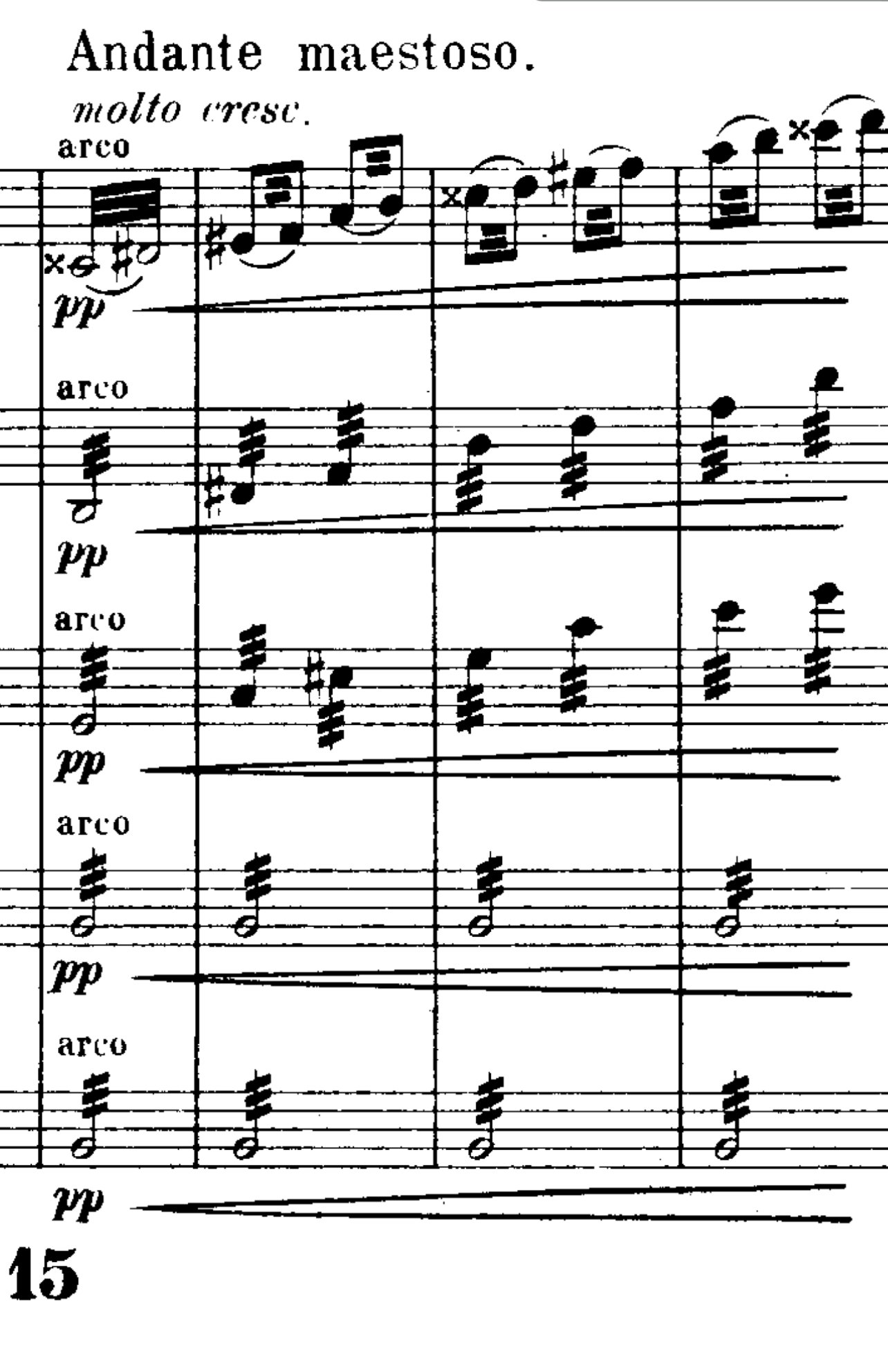Ansuz Acoustics DARKZ Resonance Control
DARKZ discs are Ansuz Acoustics’ primary resonance control devices for components and cables; Ansuz is part of Audio Group Denmark (AGD). Like many Ansuz products, the Darkz discs come in many varieties and levels. But these small, triple-layer pucks don’t come cheap. Let’s see if they are effective and which, if any, are best for your components.
The Darkz family has six members, the C2T, D2T, S2T, T2, T2 Supreme and Z2 Signature. Other family members include adjustable versions of the C2T, Supreme and Signature, Cable Lifters and feet (which allow you to use Darkz with any number of other manufacturer components). All AGD components are shipped with feet ready for Darkz. You’ll need four Darkz for most components. They are even used as connections between their expensive monitor speakers and speaker stands (3 Darkz per speaker).
We were sent 8 S2T Darkz (€640/each) which we placed primarily under the Ansuz PowerSwitch D2 and the Ansuz Mainz8 C2 Power Distributor. I’d like to thank our friend Morten Thyrrestrup of AGD for shipping the Darkz to Audiophilia.
My Use
The connections used between equipment and Darkz are ball bearings made of various materials. The S2Ts use titanium. Lars Kristensen, AGD’s CEO told me tungsten balls sounded better so he sent me a bag to use. The review was completed with the tungsten ball bearings. My Darkz were also placed under the Aavik S-280 and D-280. I gathered information as to their effectiveness on all the equipment and wrote the review as a combined effect on all four components. The mechanical effect of the Darkz is uniform under different pieces of gear.
The letter in each of the Darkz models represents the materials used. Each material has a different effect. S2T is made of stainless steel, up a bit and we get Titanium followed by the Darkz grail, made of hard-to-come-by and hard-to-work Zirconium. Designer Michael Børresen swears by the Zirconium, but it really adds to the Darkz pricing.
My Darkz S2T sitting under the Ansuz PowerSwitch D2. You can just see the tungsten ball bearings peaking out.
Features and Specs
Before we get to the nitty-gritty, it would be good to refresh the reader on why Lars Kristensen and Michael Børresen formed Ansuz Acoustics and how their philosophy shapes all the gear coming out of Audio Group Denmark. From my many hours using the company’s gear, below is as true a corporate statement as they come:
The key endeavour of this entire range of products has always been to effectively bring down the disturbing noise floor in any audio system without compromising the spectrum of natural tones or manipulating the authentic uniqueness of the dynamics, energy, or soundstage of the music.
Ansuz’s pioneering approach in noise cancellation and signal distribution not only enhances the blackness and dynamics in the audio performance but also opens a gateway for the more subtle and refined elements of music to fully unfold.
The Darkz are made up of three pucks of the specified model material (C=Aluminum, S=Stainless Steel, T= Titanium and Z=Zirconium) each connected by ball bearings. Ansuz calls these “interlayer balls”. The ball bearings are an old-school answer to a long-time damping question, but their materials are not and the pucks most definitely are not.
The idea is, once again, to eliminate unwanted vibrations and lower the noise floor while keeping your system’s curated sound; the targeted philosophy of all Ansuz gear.
So, how’d they do? Worth the euros?
Sound
Much like every piece of Ansuz gear used, there is an immediate effect of freshness and clarity. Instruments and voices remain rich and varied, but the sound is cleaned up, no doubt due to Børresen’s insistence on dropping the noise floor below sea level. In this, he’s a zealot! And unfortunately for your pocketbook, the more Darkz the merrier. So, using several SORTZ improved the sound and adding Darkz only made that sound better. These devices are in addition to the superior cancellation technologies already employed in the Ansuz and Aavik components, not forgetting the masterful cables. Cleanliness before Godliness.
I cannot attest to how the upper-tier Zirconium Darkz improves things further, but I could guess. The Zirconium and other effects on the Ansuz Acoustics Darkz T2 Supreme Record Stabilizer were incredibly good. But once again, try to hear a Darkz set in your system—try under your integrated first—and begin with the entry aluminum. I’m betting you’ll be on a Darkz hunt soon after.
Let me explain further in the place audiophiles love to play, the weeds. And do I have weeds for you.
I’ve had a Karajan DG LP in my collection for a long time. I first heard it way back when I was rocking a Rega Planar 3 30 years ago. It sounded lovely. Tchaikovsky’s Variations on a Rococo Theme for cello and orchestra. Rostropovich on cello. In my youthful zeal to always improve my analog rig, I auditioned a VPI Aries way out of my price range. The way the ‘table and VPI arm resolved fine details made my Rega sound a bit sick. Oh well. The life of an ingenue audiophile with a wife, two kids, two car payments and a mortgage. Rega it was!
I never forgot those Aries details, especially in the beautiful opening, the horn solo especially. The Aries allowed me to hear it was Gerd Seifert on solo (longtime Berliner Philharmoniker principal horn), given away by his very specific articulation. Many years later, my Bergmann/Phasemation setup allowed me to hear more, especially his rhythmic impulse under the smoothest legato. But when listening with the Darkz in place under the Mainz8, I heard even more articulation and the minutest phrasing impulses, hitherto unheard. This is what the Sortz, the Darkz, etc bring to your system. Yes, you’ll get the immediate hit of pure oxygen, but over time, detail upon detail will be revealed. It’s a very good feeling for audiophiles to have these musical surprises daily.
Before the Tchaikovsky Variations begin, we get the Dvořák Concerto for Cello and Orchestra finale. I always use this ten-minute track to warm up the ‘table and cartridge (important), then sit back and enjoy the glorious Tchaikovsky.
But something was bugging me about the Dvořák. A wrong note way back in the mix. The Berlin Phil? Karajan? Surely not (check out his DG The Planets and Sinfonia Domestica to know they can play wrong notes). But there it was on multiple playbacks with the volume up. What it is, is Dvořák giving the ear a little zinger refresher dissonance at the start of the concerto’s coda. A C double sharp (the “x” indicates up two semitones, sounding a D natural) (pros, you know how we feel about playing double sharps, with double flats even worse!) played pp against the winds playing a D sharp. Clang! The minor 2nd dissonance is so subtle (it appears again but more quickly two bars later) because it’s played very softly on low register violins against the “thicker” sounding winds. Importantly for audiophiles who don’t give a fig about the tonality (here, we use “tonality” correctly, meaning key), the Darkz clarified matters misunderstood by me for many years.
Just look at that pesky C double sharp! So quiet, so effective against the winds’ D sharp!
You’ll be discovering these types of musical minutiae in addition to the general very positive effect the Darkz have on the sound of your system. And that’s why audiophiles with some money to spare should reevaluate their systems with (at least) four Darkz in place.
Summary
A very positive recommendation for the Darkz. Do try the aluminum set first, but don’t blame the sales guy if you push for titanium or want the whole zirconium enchilada. Like all the other Ansuz products I’ve tried, the Darkz had a superior effect on my system with the result of yesterday’s sound stuck in your audiophile rearview mirror. Very highly recommended.
Further information: Ansuz Acoustics








